Table of Contents
Affiliate link notice: As an affiliate of BetterHelp and other third-party vendors, We will receive compensation if you make a purchase using the links provided on this page. For more information, visit our disclosure page.
Last Updated on December 12, 2021 by Randy Withers, LCMHC
Did you know that anxiety is the most common type of mental illness in the world? In the United States alone, more than 40 million people deal with anxiety and panic disorders yearly.
The worst part about anxiety may very well be the panic attacks that eventually result from too much of it.
If you struggle with severe anxiety or panic attacks, you’ve probably talked to your doctor about it. I’ll bet you were prescribed pills, too.
I would never discourage anyone from taking prescribed medication, but I do want you to know that you can learn how to stop a panic attack without medication, drugs, or alcohol.

What Are Panic Attacks and Panic Disorder?
Panic attacks suck. They are overwhelming and embarrassing. Life grinds to a halt when you have one and the whole experience leaves you exhausted and afraid of the next one.
Panic Disorder is a mental illness characterized by extreme bouts of anxiety and fear that seem to come from nowhere. These are known as “panic attacks,” which are the defining feature of Panic Disorder.
Panic attacks are not merely psychological. Uncomfortable physical symptoms can and do co-occur, making for a thoroughly unpleasant experience.
In fact, they’re often mistaken for heart attacks due to the overlap of symptoms. They are debilitating and can last anywhere from several minutes to several hours.
How The DSM-5 Defines Panic Disorder
According to The DSM-5, Panic Disorder is an anxiety disorder based primarily on the occurrence of panic attacks, which are recurrent and often unexpected.
In addition, at least one attack is followed by one month or more of the person fearing that they will have more attacks. This causes them to change their behavior, which often includes avoiding situations that might induce an attack.
Panic attacks and Panic Disorder are not the same. Yes, panic attacks are a feature of Panic Disorder, but their presence does not always equal that diagnosis. Panic attacks can also be caused by other disorders, but we’ll get to that in a moment.
A panic attack is characterized by four or more of the following symptoms:
- Palpitations, pounding heart, or accelerated heart rate
- Sweating
- Trembling or shaking
- Sensations of shortness of breath or smothering
- A feeling of choking
- Chest pain or discomfort
- Nausea or abdominal distress
- Feeling dizzy, unsteady, lightheaded, or faint
- Feelings of unreality (derealization) or being detached from oneself (depersonalization)
- Fear of losing control or going crazy
- Fear of dying
- Numbness or tingling sensations (paresthesias)
- Chills or hot flushes
A diagnosis of Panic Disorder must rule out other potential causes for a panic attack. There are two we look for:
- The attacks are not due to the direct physiological effects of a substance (such as drug use or a medication) or a general medical condition.
- The attacks are not better accounted for by another mental disorder. These may include a social phobia or another specific phobia, obsessive-compulsive disorder, post-traumatic stress disorder, or separation anxiety disorder
Plenty of illicit and even prescribed medications can induce panic attacks.
Stimulants such as cocaine and methamphetamine are known to cause severe panic attacks. Marijuana can even trigger a panic attack in some people.
Some anti-depressant and anti-psychotic medications can trigger panic attacks, too, though this is often the result of an individual’s body chemistry. Please don’t avoid taking prescription medications because of this. Decisions related to medication must be made with your doctor.
Traumatic Brain Injuries and neurological disorders such as epilepsy can cause panic attacks as well. It’s important to see your doctor if this is something you’ve experienced.
Panic attacks are also often symptoms of other mental disorders such as PTSD and Agoraphobia.
Finally, Panic Disorder must be diagnosed by a licensed medical professional.
While it’s fine to read up on these conditions, you should avoid self-diagnosis and seek professional help if you feel you need it.
Did you know that therapy is one of the most effective tools for managing anxiety and panic? Search for a list of online providers here.
The Emotional Toll of Panic Attacks
In the United States, Panic Disorder affects about 3% of the adult population. One out of every 20 people will have at least one panic attack during their lifetime.
At the core of Panic Disorder is anxiety, which is a sustained feeling of nervousness, worry, or unease, usually about an imminent event or something where the outcome is uncertain.
People who suffer from anxiety report a wide array of symptoms, including difficulty concentrating, invasive thoughts, feelings of dread, and irritability.
People who have never experienced a panic attack often can’t understand how terrifying they are. Extreme dizziness, blurred vision, tingling, and feelings of breathlessness—and, of course, fear.
The Cycle of Panic
When panic occurs and you don’t know why, it’s not hard to see why they are often mistaken for a heart attack. The fear of losing control is terrifying.
This fear often leads to something called The Cycle of Panic. Take a look at this graphic:

It starts with anxiety. It turns into a panic attack. The experience is so bad you’re afraid of having another one. The fear causes more anxiety. This is what causes panic attacks.
And so on and so forth.
It all starts with anxiety. There’s good news, though. Anxiety has a source. If you can locate that source, you can learn to manage your anxiety.
And if you can manage your anxiety, you can learn to stop a panic attack before it even starts.
Anxiety: The Foundation of Panic
Anxiety is a state of apprehension or fear caused by a real or imagined threat, event, or situation. It’s normal and not at all life-threatening. It’s just an emotion that has a physiological component to it.
For thousands of years, anxiety kept humans alive. It’s basically an early warning system. Long before the relative safety of civilization, danger lurked everywhere. Over the millennia, humans learned to rely on their anxiety to keep them out of harm’s way.
The world is safer now, but anxiety continues to exist. These days, anxiety is often a result of our brain overreacting. We often perceive danger where there is none.
What Causes Panic Attacks: The “Fight or Flight” Response
We have three basic responses to fear.
- Fight;
- Flight;
- Freeze.
The two most common responses are fight and response. We attack, or we run away. We call this instinctual reaction “The Fight or Flight Response.”
People have different reactions to fear. Often these reactions depend on the situation. For example, a man might physically fight another man if he feels threatened, but he might go out of his way to avoid a confrontation with his girlfriend.
Either way, these are protective responses designed to keep him safe.
The “Fight or Flight” Response forces us to take action. It tells us to run when we’re scared or to hit when we’re attacked. But it’s also the mechanism that triggers a panic attack.
Panic has psychological and physiological components that combine when the “Fight or Flight” Response gets triggered.
Let’s take a look at the physiology – in other words, what your body starts doing when you panic.
The Physiology of a Panic Attack
When confronted with danger, the brain activates a sub-section of our nervous system called the Sympathetic Nervous System. It is this system that’s responsible for gearing the body up for action.
It’s got a partner called the Parasympathetic Nervous system that calms the body down once the threat has passed.
Knowing what these two systems do helps us to understand what causes panic attacks. So bear with me on this one.
The sympathetic nervous system primes our body for action with the “fight or flight” response. The parasympathetic nervous system returns us to a normal state after the panic attack has run its course.
Think of it like breathing. You inhale; pressure builds. You exhale; the body relaxes.
But panic attacks are stubborn. There’s always a period of intense discomfort. Rapid heart rate. Tense muscles. Clammy hands. Trouble breathing – behold, the physiology of panic.
Coping skills like grounding techniques and breathing exercises jump-start the parasympathetic nervous system into action. But it eventually activates whether we want it to or not. The body can’t continue an ever-increasing spiral of anxiety.
Not convinced?
Try holding your breath for as long as you can. No matter how strong your will is, you can’t hold your breath until you die. That’s not how our bodies work – and that’s a good thing. Panic attacks work in a similar way
You can’t die from a panic attack. The Parasympathetic Nervous System will kick in long before that happens.
Remember that the next time you have a panic attack. They suck, but they can’t do physical harm. Your brain makes the whole ordeal unpleasant, but eventually, the panic will subside and everything will return to a state of homeostasis, which is a fancy word for balance.
Respiratory Effects
Fear of suffocating is one of the more frightening aspects of a panic attack. Tightness in the chest is a common feeling during a panic attack, which we associate with an inability to breathe.
But can a panic attack stop our breathing? No.
Panic attacks increase the speed and rate of our breathing. This causes breathlessness, hyperventilation, sensations of choking, and tightness in the chest. It kicks anxiety into high gear.
Increased breathing can decrease the supply of blood to the brain. While it’s a small change and not at all dangerous, it’s still unpleasant. We experience dizziness, blurred vision, confusion, a sense of unreality, and hot flashes.
Other Physical Effects of Panic Attacks:
Activation of the sympathetic nervous system produces several other physical effects, none of which are harmful. Some examples:
- The pupils widen, resulting in blurred vision;
- Saliva production halts, resulting in dry mouth; T
- The digestive system goes haywire, resulting in nausea, tightness in the stomach, and irritable bowels;
- Various muscle groups tense up in preparation for “fight or flight,” which causes tension, trembling, and shaking.
Overall, the Fight or Flight Response sends your body into overdrive. It’s a taxing process that leaves you drained and exhausted.
How To Stop A Panic Attack Without Medication: 3 Proven Methods
So, how do you deal with a panic attack?
People who suffer from Anxiety and Panic Disorders can learn to soften the intensity and duration of panic attacks by using breathing exercises and grounding techniques. Here are three interventions that are easy to learn and highly effective.
The Weil Breathing Technique
Known also as the 4-7-8 Breathing Technique, it is based on an ancient yoga exercise called Pranayama that was developed by Dr. Andrew Weil to help people gain control of their breathing.
Rapid breathing can lead to hyperventilation, a phenomenon not unlike drowning where the brain thinks it is being deprived of oxygen. Not surprisingly, hyperventilation leads to extreme anxiety and panic attacks.
The Weil Breathing Technique is designed to counter it. Here’s what you do:
- Inhale slowly, like you are smelling fresh flowers, for a count of 4.
- Hold the breath in your lungs for a count of 7.
- Blow the air out through your mouth like you’re blowing out birthday candles for a count of 8.
5-4-3-2-1 Grounding Technique for Coping with Anxiety
This technique will help you stay in the present moment by using your five senses.
It’s best to sit or lie down. Take a deep breath to begin.
- Look around for 5 things that you can see, and say the names of those things out loud. For example, you could say, I see the couch, I see the fan, I see the television.
- Notice your body and think of 4 things that you can touch. Say what they are out loud. For example, you could say, I feel my arms resting on this chair, I feel my heart beating, or I feel the flannel shirt I am wearing.
- Find 3 things you can hear. Dogs barking, the humming of a fan, birds chirping. Say those 3 things out loud.
- Say 2 things you can smell. Try to stay where you are, but it’s okay to move around the room if you need to. This one might be challenging, so don’t be afraid to get creative. Say your 2 smells out loud.
- Use your tongue and find 1 thing you can taste. It might be toothpaste or a piece of candy. Say what it is out loud.
Take another deep breath to end. You should be far more relaxed now than when you started.
The 21-7 Technique
- The 21-7 technique was pioneered by an expert on panic and anxiety named Barry McDonagh. It consists of a 21-second countdown, followed by a 7-minute exercise designed to reduce generalized anxiety.
- During the 21-second countdown, you challenge your anxiety to do its worse to you while you slowly count down from 21 to 0. The panic has 21 seconds to do its thing, or you get to dismiss it as a waste of your time.
- The idea here is that you’ll prove to yourself that panic can’t hurt you. To quote McDonagh: “the goal of this technique is not to try and stop the uncomfortable bodily sensations you feel, … but to stop your fearful reaction to the sensations. When you end the fear of fear you quickly end panic attacks.”
If this technique interest you, consider investing in McDonagh’s “Panic Away“. It’s a digital product that includes an eBook as well as an audio program designed to counter panic attacks.
Take a look at this video to learn more about Panic Away, which teaches you how to stop a panic attack without medication.
Frequently Asked Questions About Panic Attacks
Now that we have talked about how to stop a panic attack, let’s look at some common questions about them.
How Long Does a Panic Attack Last?
Most panic attacks only last for 10-20 minutes. However, many people report feeling the effects of a panic attack for several hours or even days. It’s not uncommon for people to feel exhausted, drained, or disoriented after a panic attack.
What Are The Symptoms of a Panic Attack?
Panic attacks are acute and sudden episodes of intense fear. Often there is little to no warning. Common symptoms include:
- racing heart
- chills or sweating
- trembling
- shortness of breath
- chest pain or discomfort
- dizziness and unsteadiness
- fear of losing control or that you are dying
- nausea and or stomach distress
What is the difference between a panic attack and an anxiety attack?
These two terms are often used interchangeably. Both are sudden, uncomfortable and share the same symptoms.
The difference between the two is largely a matter of formal diagnosis. The DSM5 recognizes panic attacks as a symptom of Panic Disorder. An anxiety attack, on the other hand, is a general term used to describe acute anxiety that results from a number of different anxiety disorders, including:
- Social Anxiety Disorder
- Separation Anxiety Disorder
- Post-Traumatic Stress Disorder
- Specific Phobias
- Generalized Anxiety Disorder
- Obsessive-Compulsive Disorder
The differences between panic and anxiety are best described in terms of the intensity of the symptoms and length of time the main symptoms occur.
Verywell Mind
What Medications Are Used To Treat Panic Attacks?
Psychiatrists can prescribe a variety of different medications, some of which are over-the-counter and some of which require a prescription. Talk to your doctor about the medication that is right for you.
In general, the following types of medications are prescribed for Panic Disorder:
- Antidepressants, such as Zoloft and Paxil
- Benzodiazepines, such as Xanax and Ativan
- Antihistamines, such as Benadryl and Vistaril (hydroxyzine)
- Monoamine Oxidase Inhibitors (MAOIs), such as Nardil and Parnate

Final Thoughts
Panic attacks are a physical and emotional response to a perceived threat. They are unpleasant and overwhelming. But now that you have learned what causes panic attacks, you can manage and even overcome them.
Just remember this: Panic attacks can’t hurt you.
Stop fearing panic attacks and learn to beat them by making use of the three techniques described above. You don’t need to waste any more time being afraid.
While neither panic nor anxiety can ever be cured, you can learn to manage them so that they no longer interfere with your ability to live the life you always wanted.
References
- NIMH – Panic Disorder
- 5-4-3-2-1 Coping Technique for Anxiety
- 11 Ways to Stop a Panic Attack
- Coping with Panic Disorder
- Anxiety Attacks vs. Panic Attacks
- Medications for Treating Panic Disorder
- Panic disorder
Stop Living In Fear of Panic
Learn How To End Panic Attacks and General Anxiety Naturally. 50% off with this link.


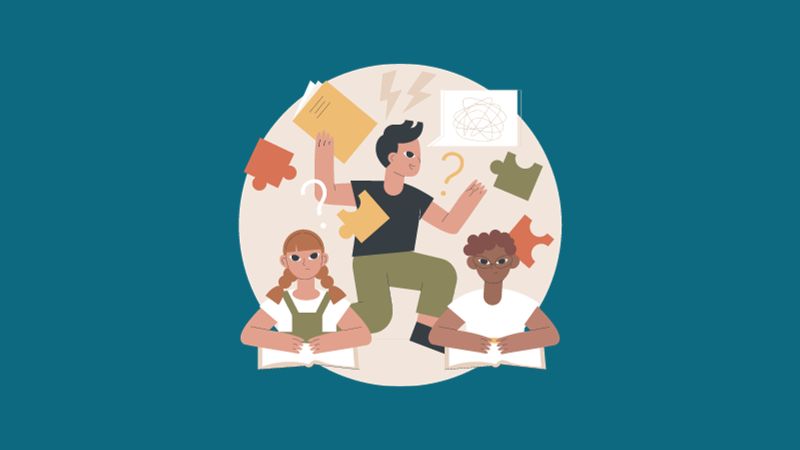
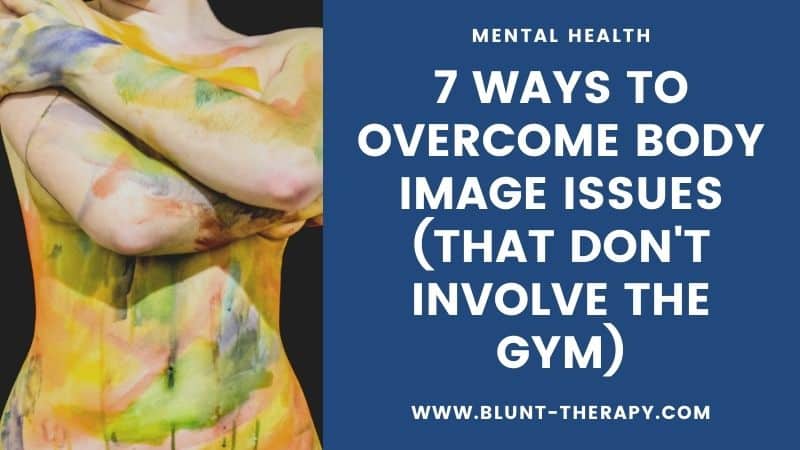
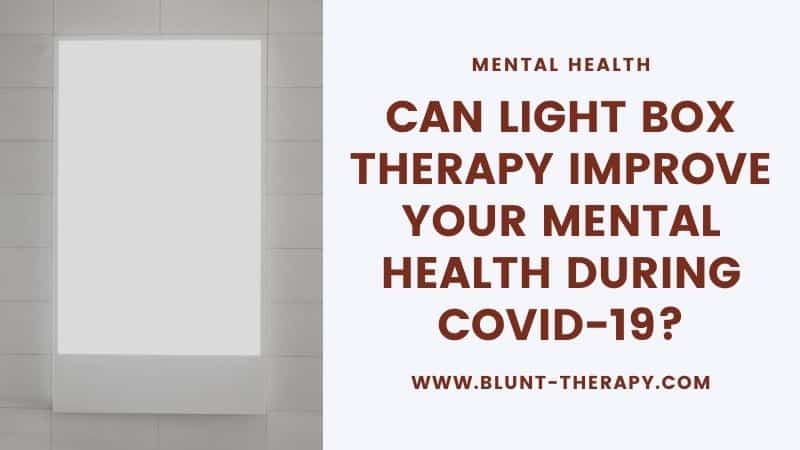


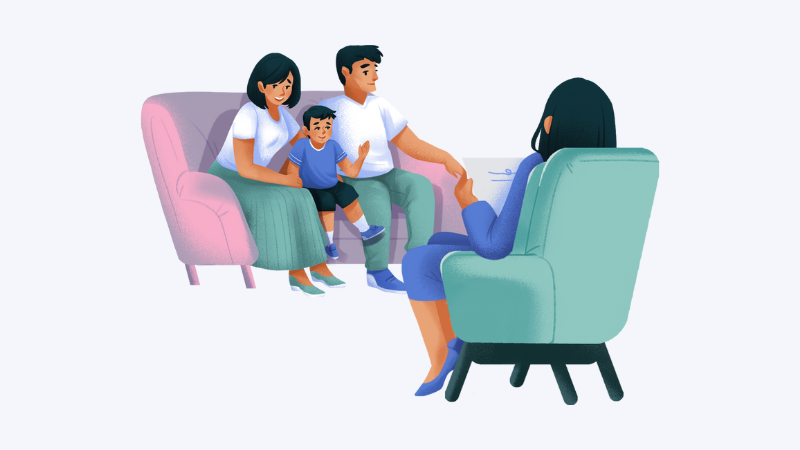

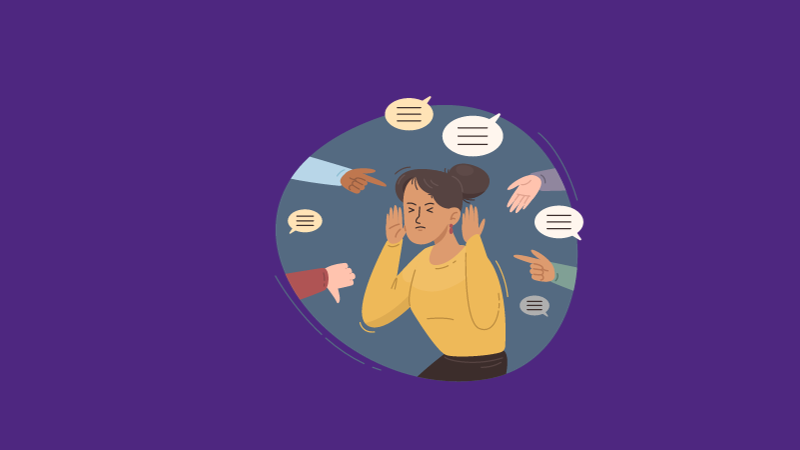
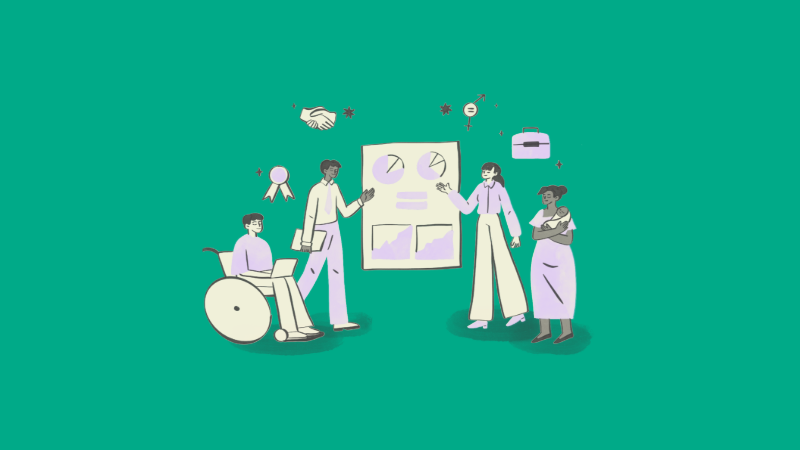
My wife has been recently having panic attacks and having myself had a rather severe bout of depression which I overcame through prescription medication(seroquel, prozac) and therapy as well as mindfulness exercises, I know from personal experience the terrible suffering of mental illness. If you have never had any sort of mental illness, it is difficult to put yourself in the place of those who suffer from it. So I’m doing my utmost to find the solution so that my wife will overcome in a definitive manner this illness. That’s the reason I came upon your webpage which I found very helpful. I didn’t know that the 4,7,8 breathing technique was effective for containing panic attacks as I use it every night to quickly fall asleep.
Oh yes, the 4-7-8 is a great way to manage anxiety and panic. It’s important to follow the methods correctly for maximum benefit.
so cool!